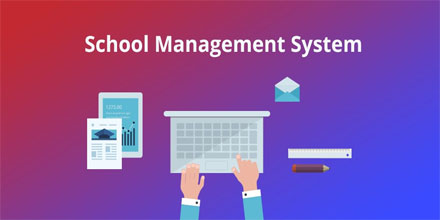What is school management?
School management is the act of guiding a school toward progress by maximizing the use of human resources, physical resources, principles, and concepts that aid in the achievement of all of the school’s objectives, as well as effective coordination and adjustments among them. Every school now needs a school administration system in order to function. Without a question. It performs a variety of critical operations to ensure that school administration works properly. Through a consolidated platform, instructors, staff, and other interested stakeholders can effortlessly collaborate. It doesn’t end there, though. Communication between both the school, students, and parents is also improved by integrated school administration software. Schools are looking into implementing the correct software to help them improve their activities and learning system. To properly estimate the budget, get the public schools pricing plan estimates here. If your school is thinking about installing the best school management software.
A school management system is a software platform that allows your institution to run more efficiently by digitizing and automating numerous academic and administrative processes. The software will act as a school database management system, allowing you to accomplish bulk data management activities with ease and speed.
The way the world used to work has changed because of the pandemic. The educational system has perhaps seen the most substantial transformation. As a result, all schools are required to utilize smartly designed school administration software. All parties would benefit from these technologies. Parents would be able to use them to track their children’s academic progress. They can be used by teachers to make teaching online classes easier.
Types of school management
- Centralized and decentralized school management:
The type of educational management refers to the separation and allocation of rights and functions of educational administration, monitoring, and control that leads to educational management on the one hand, and the centralization of such powers and obligations on the other. A decentralized education system is the accepted part of educational management in the current modern educational system out of these two types of educational management.
The reason for this is that any program can be made successful by the division and distribution of all types of powers, responsibilities, and obligations. Also remaining mute in this regard are the principals of many colleges. Practically speaking, however, the contemporary teaching system cannot function with this kind of antiquated educational management. The situation was favorable since education growth was seen as a philanthropic endeavor by kings and emperors. However, in a decentralized system of educational administration, authority and responsibility are distributed from the director of higher education to a peon of a college, and everyone working in the higher education sector takes their role in educational management extremely seriously.
- Internal and external management of the school:
The term “External Management of Educational Program” refers to those components, variables, and assisting organizations that offer venues and amenities for the efficient management of educational programs from an outside perspective. The people or things involved in the management of an educational program who are not actively participating in it are referred to as its external management from a humanitarian standpoint.
They include members of the community, experts, professionals, administrators, parents, and representatives from all other organizations. Their first and greatest responsibility is to establish a suitable and healthy environment, offer all kinds of resources, and lend moral support. Additionally, they must make recommendations for taking part in and watching the management of academic institutions. They are active, though, and internal participation in the process is undesirable.
- Democratic and authoritarian educational management:
Authoritarian management serves a purpose in a similar way as centralized management. In centralized management, the authority and control over educational administration are concentrated in and carried out by one central authority, organization, or agency. It suggests that every program and policy is planned and overseen by a single central organization. In this case, the primary agency could be a single person or a “core group” of individuals. Therefore, the word authoritarian or autocratic comes to the fore when the authorities and responsibilities revolve around a certain individual or group.
The staff’s responsibility is to ensure that these laws, rules, and central commands are followed appropriately. The teacher, a true and consistent practitioner, serves as the central authority’s spokesperson while maintaining no professional autonomy. The majority of totalitarian or unitary nations use this kind of educational administration. In these kinds of nations, the institution’s leader, who maintains centralized authority and control, is still in charge of managing education. It suggests that he controls all of his instructors’ and students’ actions. He organizes all of the school events.
- Innovative educational leadership:
Every educational program is managed in an innovative way, which speaks to the individuality of the institution’s leader. It refers to a situation in which any education program is managed in a desirable and appropriate way by making use of the creative skills connected to it from top to bottom.
The employees or functionaries involved in this form of management have freedom. This means that everyone should have access to freedom in order to ensure the appropriate management of educational programs, and they must exercise this freedom in a manner that is both desired and acceptable.
Aspects of school management
The school management System is a complete management software system that makes sure daily operations run smoothly and affordably. You can learn more about the elements of school management by keeping in mind the following:
1. Information about the pupil:
It keeps all of the student’s information in one database for the purposes of corroboration, modification, or change. Exams, academics, attendance, and admissions.
2. Management of attendance
The student attendance is monitored using the school’s group action management tool. The biometric assists in student tracking and promptness, which lowers calculating errors in group actions.
3. Management of timetables
Additionally, it refreshes and maintains the schedule for lecturers and students. Additionally, it establishes daily class schedules, upcoming events, and vacation alerts.
4. Management of reports
The test analysis report that is produced by the reports and grades modules is shared by students, teachers, and families. The grading technology also allows parents, instructors, and others to assess pupils’ development and then move on with the required mentorship and assistance.
5. Managing fees
This simple school management program now includes hassle-free, simple fee handling. Parents can use the online payment method to make payments at any time and from any location.
Management of principles and ideas
The registration to admissions administration process is automated by the SchoolManagement System. Additionally, it has lessened extra time or effort spent looking for the data, as well as knowledge loss. This program simply runs through websites and smartphones and then on the other hand, this is the most effective and greatest software for any school to avail. The guiding principles and concepts for managing schools are:
- The school’s policies were created with particular consideration for pedagogical concepts and governmental regulations. The objective of elementary education is also a factor in this.
- Encourage management of mobile devices. Improve the operational environment, place an emphasis on delicate field design, and foster the professional spirit of your staff.
- Boost work efficiency, sustain job obligations, and strengthen bodily organization.
- Utilize a democratic process to produce resources for people, money, opinions, and rewards. This also establishes a punishment that is made public inside a trial to direct the school in a unified and peaceful direction.
- Improve personnel management and boost employee inspiration. Observe, pay attention, and learn more.
Levels of management
A boundary between different managerial positions inside an organization is referred to as the “Levels of Management.” When a business and its workforce grow in size, so do the levels of management, and vice versa. The chain of command, the scope of the position’s power, and its status are all based on the level of management. Three major categories can be used to classify the levels of management:
1. Top Level of Management
The board of directors, the CEO, and/or the managing director make up this entity. The senior management oversees an organization’s goals and policies and is the final source of authority. It spends more time coordinating and planning tasks.
The top management’s responsibilities can be summed up as follows:
- The enterprise’s goals and general policies are established by top management.
- It provides the required guidance for creating departmental budgets, policies, timetables, etc.
- It creates the enterprise’s strategic plans and policies.
- It creates the enterprise’s strategic plans and policies.
- It names middle-level executives or departmental managers.
- All of the departments’ activities are managed and coordinated by it.
- It is also in charge of keeping in touch with the outside world.
- It offers direction and guidance.
2. Middle Level of Management
Middle-level managers include branch managers and management staff. For the operation of their department, they answer to upper management. They spend more time performing organizational and guiding tasks. There is just one layer of middle management in small organizations, although senior and junior middle management may exist in large corporations. Their function might be highlighted as:
- They carry out the organization’s plans in accordance with upper management’s policies and instructions.
- They create plans for the organization’s divisions.
- They take part in hiring & educating lower-level management.
- They interpret and elucidate policies for lower-level management.
- They are in charge of organizing the department’s or division’s activity.
- Additionally, it communicates critical data and reports to upper management.
- They assess the effectiveness of junior managers.
- They are also in charge of motivating line managers to deliver better work.
3. Lower Level of Management
The supervisory or operational level of management is another name for the lower level. Supervisors, foremen, section officers, superintendents, etc. make up this group. Supervisory management, according to R.C. Davis, “refers to all those executives for whom the work must be primarily with personal supervision and direction of operational employees.” In those other words, they are focused on the managerial function of direction and control. Their activities consist of:
- Distributing responsibilities and jobs among different employees.
- They lead and instruct employees in daily tasks.
- They are in charge of both the quantity and quality of the output.
- They are also charged with the duty of sustaining positive relations inside the company.
- They convey to higher levels both the goals and objectives of the higher levels as well as the difficulties, ideas, and recommendatory pleas of the workers.
- They assist in resolving the workers’ complaints.
- They manage and direct the subordinates.
- They are in charge of giving the employees training.
- They set up the equipment, tools, and materials required to complete the task.
- They produce regular reports on the workers’ performance.
- They maintain order in the business. They encourage employees.
- They are the ones who shape the company’s reputation because they interact frequently with the staff.
Features of school management
- Management combines physical, financial, and human resources:
Humans collaborate with semi-resources like robots in an organization. Buildings, resources, and other things. Human efforts are integrated with those resources via management. It creates a balance between the available physical, financial, and human resources.
- Goal-Oriented Management:
Any management activity’s effectiveness is judged by how well it accomplishes the set goals or objectives. It serves the purpose to manage.
This is a tool that facilitates the utilization of material and human resources in order to achieve predetermined objectives. For instance, a business would want to produce high-quality products at competitive pricing in order to achieve maximum consumer happiness. This can be accomplished by hiring capable individuals and producing good use of limited resources.
- All-pervasive management
In order to guide multiple activities toward a certain goal, management is necessary for all organizations, whether they be political, social, cultural, or commercial. Therefore, the administration is necessary for clubs, hospitals, political groups, colleges, hospitals, and business organizations. Management is always required when more than one individual is working toward a single objective.
Management is necessary everywhere, regardless of size and type of activity, whether it be a small commercial organization that may be involved in trading or a major firm such as Tata Iron and Steel.
- Continuous Management:
The management process is underway. It entails handling concerns and problems continuously. It is concerned with locating the issue and implementing the necessary solutions. For instance, a firm can aim for maximum production. Numerous policies must be developed in order to reach this goal, but that is not the final stage. Additionally, marketing and advertising must be done. To do this, policies must be reframed. Therefore, this is a continuous process.
- A group activity is a management:
Individual efforts are far less important to management. It is more focused on social groups. Management of ABC & Co. is great refers to a group of people managing the business. It involves the use of a group to attempt to achieve a predetermined goal.
Functions of management
- Staffing
The task of staffing and maintaining the organizational structure is included. Due to current advancements in technology, growth in corporate size, the complexity of human behavior, etc., staffing has become more crucial.
- Organizing
It is also the process of combining people, financial, and physical resources and creating beneficial relationships between them in order to achieve corporate goals.
- Planning
It is the fundamental duty of management. It has to do with planning future actions and choosing ahead of time the best path of action for achieving predetermined goals.
Choosing a path of action to accomplish desired goals is planning. Planning is therefore the deliberate consideration of methods and approaches to achieve predetermined goals.
- Directing
It is a component of managerial responsibility to activate organizational techniques so they can effectively achieve organizational goals. Because staffing, planning, and organizing are merely steps in the process of getting the work done, it is thought of as the enterprise’s “life-spark” that ignites employee action.
- Controlling
It entails evaluating performance against standards and, if necessary, making adjustments to ensure corporate objectives are met. Controlling is done to make sure that everything happens in accordance with the norms. An effective control system makes it possible to identify deviations when they actually happen.
Importance of school management
- It aids in achieving group objectives.
In order to accomplish goals, it organizes the production components, assembles and organizes the resources, and integrates the assets in a useful way. It focuses group efforts on achieving predetermined objectives. There’d be no loss of time, money, or effort by clearly outlining the organization’s goals. Management transforms unorganized human, financial, and technological resources into a productive business.
- Decreases costs
With careful preparation, minimal input, and maximum output, it achieves maximum results with minimum input. Management makes the greatest possible use of its physical, human, and financial resources. Cost-saving benefits come from this.
- Maximum Resource Utilization –
The management makes effective use of all available material and human resources. As a result, management is more effective. Management chooses the potential alternative use in the industry out of a variety of uses to maximize the exploitation of scarce resources.
- Creating Equilibrium
It makes it possible for the organization to adapt to a changing environment. It keeps up with how the environment is evolving. The original coordination of the organization must evolve as the external environment changes. As a result, it adapts the organization to changing societal needs and commercial demands. It is in charge of the organization’s expansion and continued existence.
- Essentials for Society’s Prosperity –
Effective management produces improved economic output, which contributes to raising human welfare. By preventing the squandering of limited resources, good management makes challenging work easier. Higher living standards are achieved. Profits increase, which is advantageous for the company.
Advantages of school management
- Extremely helpful for reporting
The diversity of reports created by the software, which can be used to make rapid and accurate decisions, is the main benefit of the school management system for school managers. Each module has multiple papers available, and bespoke reporting stories can connect news from other modules.
- Reduces time
Administrative tasks are eliminated, saving instructors significant time. This is accomplished by automating moment daily procedures including making a schedule, keeping track of attendance, having parent-teacher conferences, and so forth.
In addition to helping teachers and principals, the education management software may produce a number of reports, saving money along the way.
- It bridges the gap in communication.
Organizations employ Short Messaging Service (SMS) to quickly and effectively interact with parents. Parents may receive a brief text or email that contains crucial information. Nowadays, the majority of school administration software comes with mobile apps, which improves communication.
- Management of the schedule
The most time-consuming task in a school is creating timetables, and the school ERP system’s timetable module helps with the production and management of a variety of schedules. Plans can be created by teachers and administrators using a straightforward drag-and-drop interface.
- It guarantees pupils’ protection.
The use of biometric systems for tracking student buses and attendance goes well with school administration software. Through smartphone applications, parents will be able to see where their children are in real-time thanks to these links. It sends SMS notifications when a student enters or exits the transit zone as well as the start and end times of the tip.
- Conserving natural resources
When normal administrative duties are carried out via the ERP system, stationary, including paper files and records, is conserved. It results in the conservation of natural resources and maintains a digital record of the data. Additionally, it avoids making a mess of the records that need to be kept.

Regular free updates
Regular updates are available to download for free.

Responsive user interface
Thy Education will over all kinds of devices seamlessly.

Multiuser account system
Access for admin, teacher, student and parent.

Export data in PDF
Export report data in PDF.

Codeigniter framework
Built on the latest version (3.0.0 ) of Codeigniter PHP framework.

Developer support ready
Dedicated developer support is available at any time.

Student fees management
Manage student fees very easily.

Developer support ready
Dedicated developer support is available at any time.

Multiple language support
Supports 21 different languages.
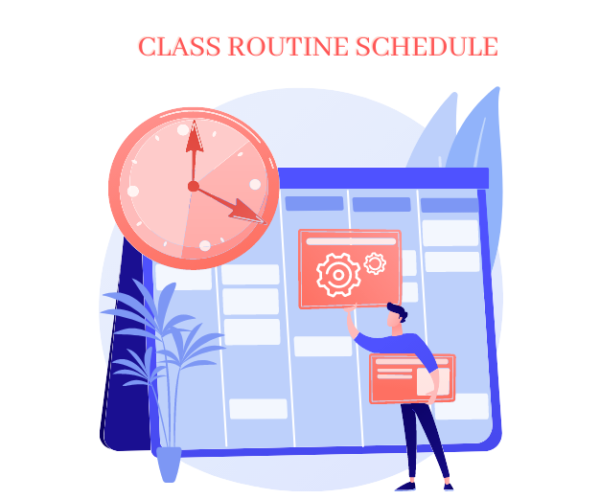
Class routine schedule
Very easy to create and manage class routine schedules

Homework document
Attach and download study documents.

Parent monitor child activity
Parent monitor all activities of his child.

Chart & Graph analysis in fees
Chart & graph representation of fees and expenses.

Exam marks management
Manage exam marks of all student.
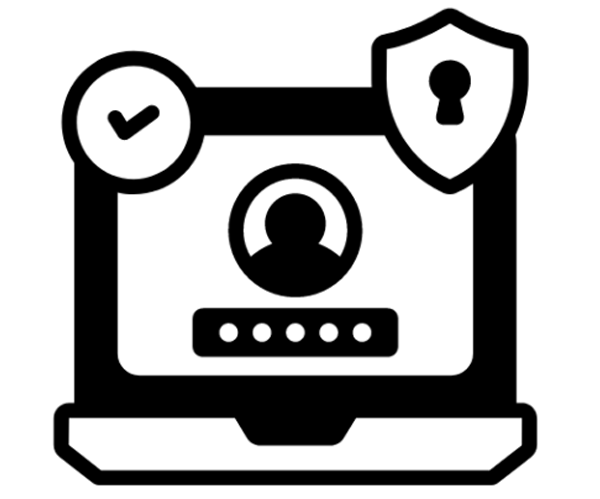
Profile system
Edit profile settings as you wish.
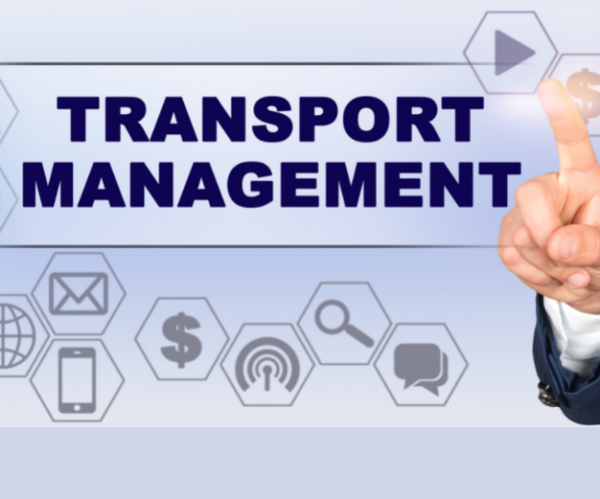
Transport management
Transport management for all routes.

Hostel management
Manage all hostels and their rooms.

Library management
Systematic management of all library books.

Best quality at the lowest price
The best quality product offered at the lowest price.

Internal messaging
Admin can send private messages to the teacher, student and parent.

Daily attendance
Managing daily attendance is now hassle-free.

Sibling Management
Manage multiple children of single-parent in one parent account

Class-Section
Organize classes in multiple sections for easier management.
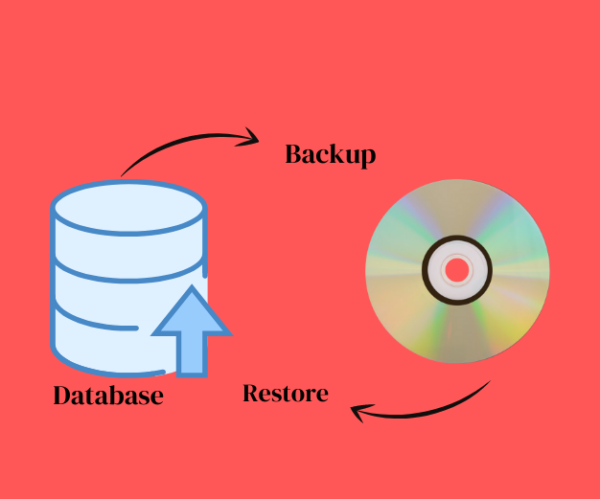
Database Backup / Restore
Easily backup, restore the whole database.

Print Records
Take a printout of every record.

Accounting
Trace student fees and expenses all at a place.
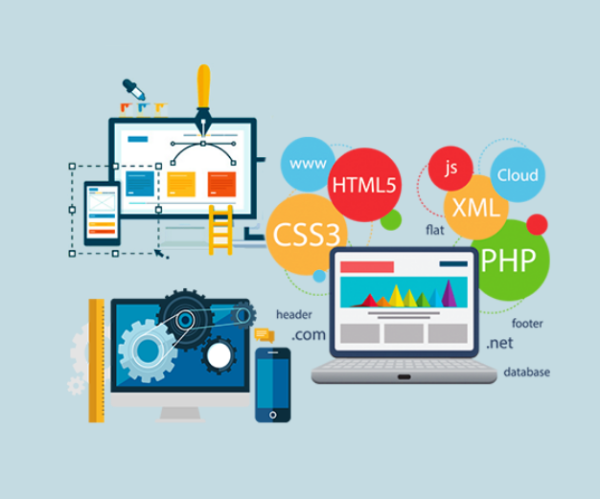
SMS gateway integration
Get informed about student marks and events with SMS notifications.
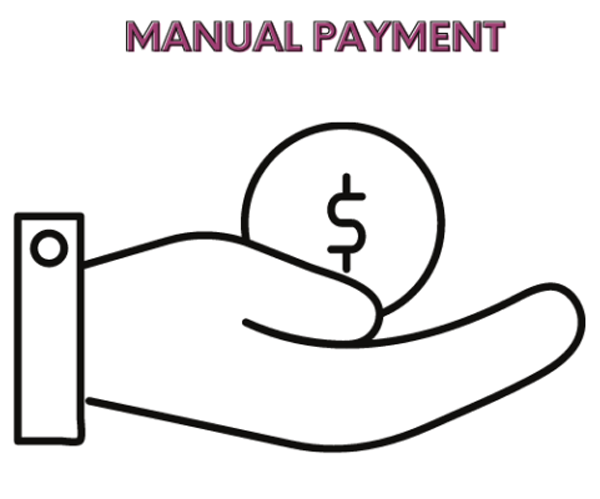
Manual payment
Ability to take manual payments in cash, cheque, DD

Online Paypal payment
The parent can pay student fees from their parent account.

Aesthetically designed UI
Aesthetically design user interface in HTML5, CSS3.
Using Thy Education School
Thy Education School – General Overview
Before start using Thy Education School consider a general scenario of the typical school of class 1 to 12th, each classes have sections like Section A, Section B. There will various subjects for different classes like some subjects are theory and some are practical. Exams are created using these subjects and classes. Students enter in classes by new admission or promoted by their previous class after successful passing of previous class. During course of student we will charge fees to students and collecting them at monthly or one time basis. We like to record attendance of our students. Our school may be providing transport facility to student. Our school has a library for students have to maintain books inventory. Our school have hostels and providing hostel facility to our students. Obviously our school has teachers to teach and manage students. We like to communicate our teachers, students and parents. We like to record all the expenses done in our school like miscellaneous bills, salary payments, etc. After everything, we like to analyze various reports based on our school.
Apart from above we also like to provide access to our Thy Education School to other users like Teachers, Accountants, Librarians, Students, and their Parent. For these Thy Education School have 8 inbuilt user’s roles- SuperAdmin, Admin, Teacher, Accountant, Librarian, Receptionist, Student and Parent. Virtually you can create unlimited number of user roles for staff members.

